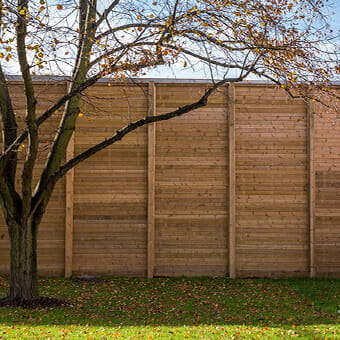Our other sites:
Evidence from studies increasingly suggests that noise pollution can have a detrimental impact on modern living, from house prices to physical health and wellbeing. The impact of noise is often felt most in busy urban areas or industrial sites, however, there’s a solution to limiting noise and the damage it can cause to physical and mental wellbeing.
Noise in numbers
According to Dr Yutong Samuel Cai, an epidemiologist at Imperial College London, there is “consistent evidence” that sustained noise from a busy road can affect human health more dramatically than being exposed to exhaust fumes.
Cai found that long-term exposure to traffic noise can modify blood biochemistry and even lead to heart attacks, while another study, from Barts and the London School of Medicine, linked noise pollution and type 2 diabetes.
Unexpected, irregular noise can also have far-reaching effects. Construction sites, with heavy machinery and HGV traffic, or busy public areas such as 24-hour supermarkets or pubs and bars can produce disruptive sounds during unsociable hours. This can affect local residents’ sleep patterns, making it, at best, harder to relax and unwind or, at worst, having a serious impact on health and wellbeing.
How much is too much?
Noise is a pollution which studies have shown can cause serious harm; much like any other pollution, it’s essential to limit exposure and minimise the impact it can have on peoples lives.
The World Health Organisation (WHO) recommends around 30-40 decibels (dB) for good quality sleeping conditions at night, and similar during the day. Despite this, over 125 million Europeans regularly experience noise levels above 55dB. The European Environment Agency blames 10,000 premature deaths in Europe each year on noise, citing the most pervasive source as road-traffic noise.
How to avoid damage
The most obvious way to escape noise pollution is to avoid areas that produce constant sound, but this isn’t always possible. The impact of noise can be reduced through building design and layout such as placing furniture near walls or putting rugs on hard floors to reduce sound coming through the floor. Outdoors, one simple solution is to plant trees as they can work as effective sound dampeners.
Controlling noise
Acoustic noise barriers are a highly-effective way to reduce the impact of a range of unwanted sounds such as traffic noise, generators, machinery and railways. At Jacksons our certified acoustic solutions have been designed to deliver a good noise reduction performances, sustainability and security and whilst also blending in with the surrounding environment with an attractive timber façade.
For more information on our environmental noise barriers, click here.
Related products
Jacksons Security has a range of products relating to this article, all complete with our 25 year service life guarantee. If you cannot find the item you are looking for, please do not hesitate to call our friendly sales team.
Related Content
Top






